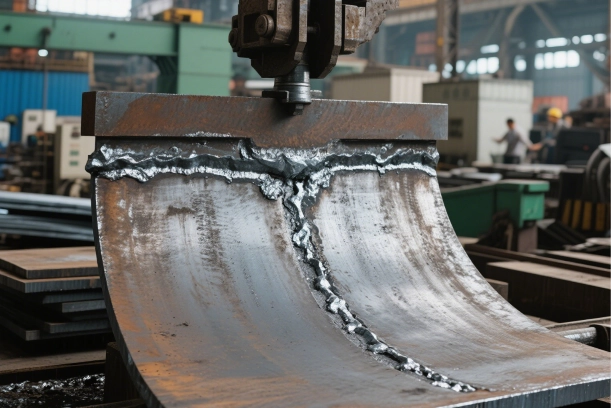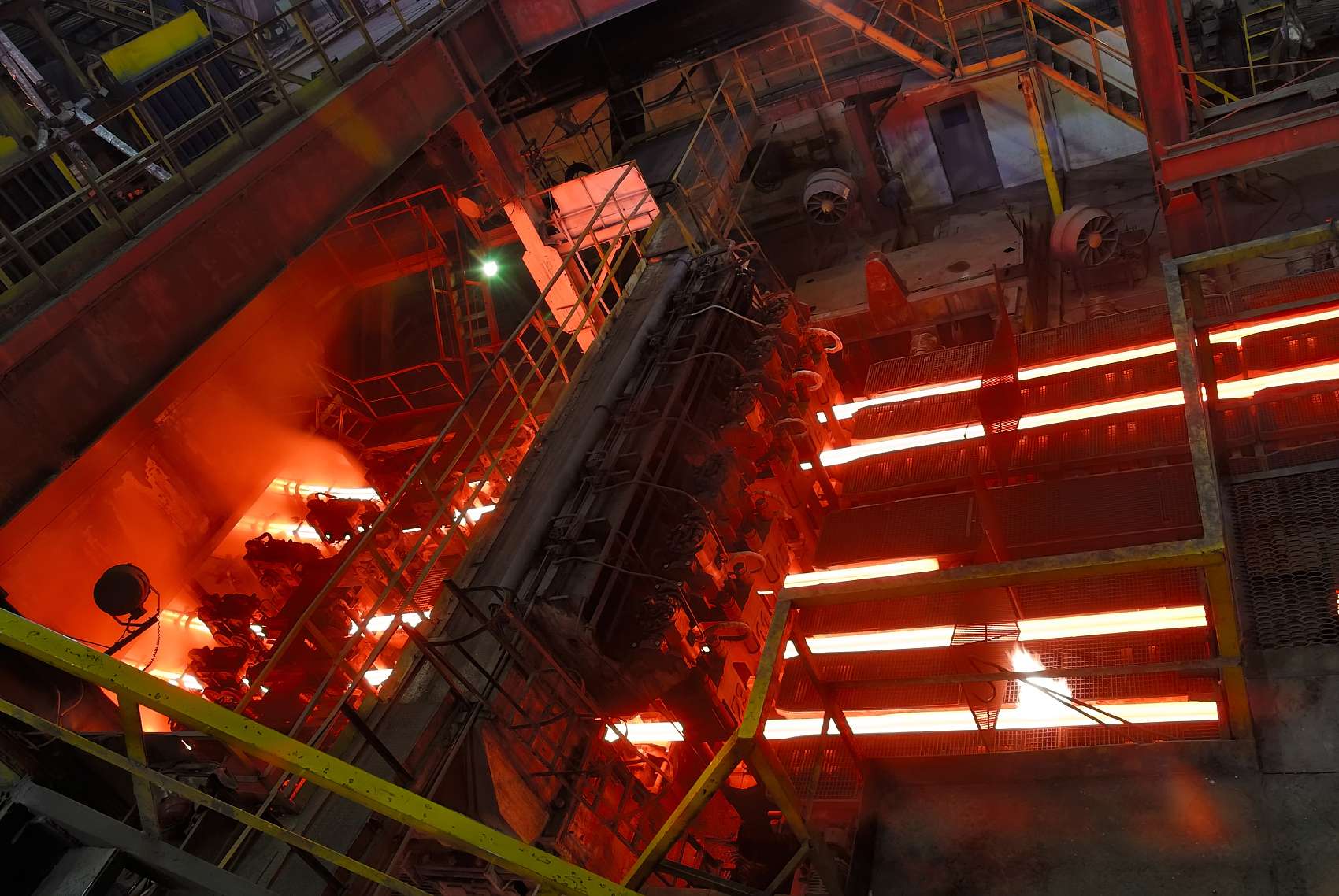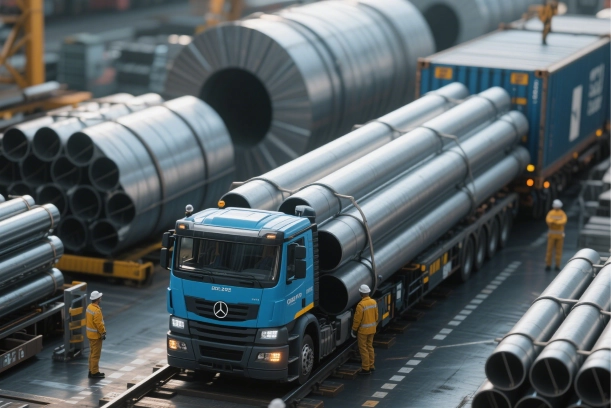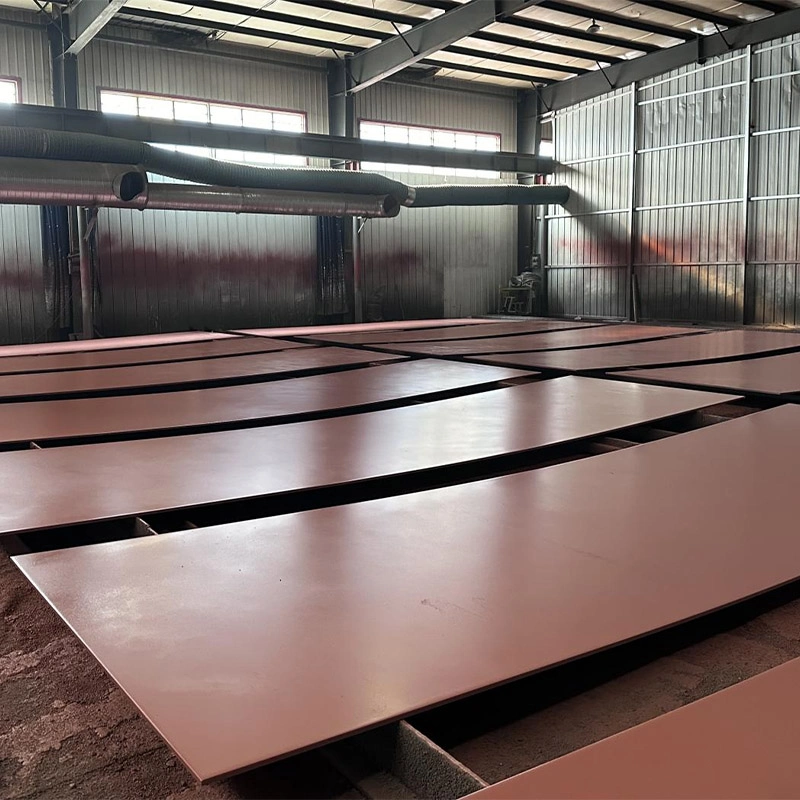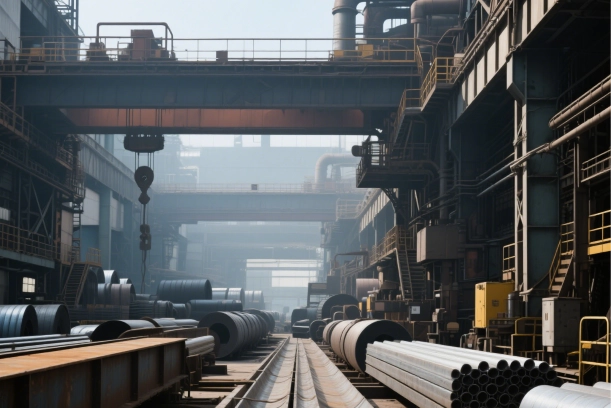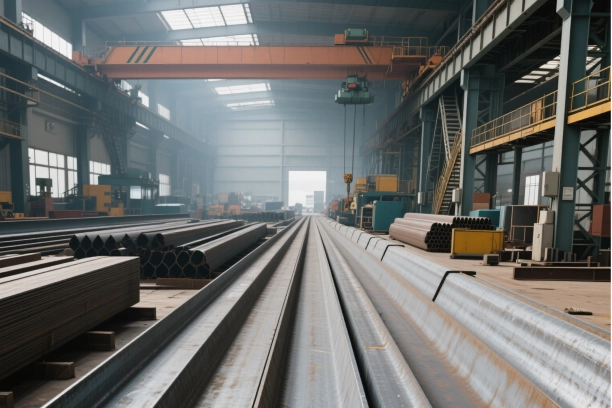
How to Figure Out What Wear-Resistant Steel Your Plant Needs
What Drives Your Choice of Steel?
Wear Levels: Heavy-Duty vs. Lighter Settings (Think Mining vs. Forestry)
Picking the right abrasion resistant steel starts with understanding the kind of wear your plant faces. In tough environments like mining, equipment gets battered by hard stuff like rocks and minerals. You need steel that’s super hard and strong to take those hits without denting or breaking. Standards of abrasion resistant steel are various too, so try to pick the standard you need!
On the other hand, places like forestry or farming deal with softer materials, like dirt or wood chips. Here, the worry is more about surface scratches than big impacts. Go for steel with solid hardness but enough give to avoid cracking. This balance keeps your gear tough yet flexible.
The Environment: Do You Need Corrosion Protection? (Like in Water Treatment Plants)
The setting your plant operates in matters a lot. Take water treatment plants—they’re constantly wet and exposed to chemicals. That’s a recipe for rust. You’ll want wear-resistant steel with extra corrosion protection to keep things solid for years.
In dry spots with no harsh chemicals, you might not need fancy coatings or special alloys. By looking at both wear and environmental factors, you can choose wisely. This saves cash while keeping your equipment running smoothly.
Getting the Right Mix of Hardness and Flexibility
Surface-Hardened vs. Through-Hardened Steel: Welding and Durability
Wear-resistant steels come in two flavors: surface-hardened and through-hardened. Surface-hardened ones have a tough outer layer to fight wear, but a softer core that bends without breaking. These are great if your plant does a lot of welding or shaping.
Through-hardened steels are rock-solid all the way through. They’re awesome for extreme wear but can be tricky to weld because they’re less flexible. Your choice depends on what your plant needs and how you maintain your gear.
Hardness vs. Impact Strength (Think Brinell 500+)
The Brinell Hardness Number (BHN) tells you how tough a steel is. Steels with a BHN of 500 or higher are fantastic at resisting wear. But they might not handle sudden jolts as well. This matters in places where equipment gets both worn down and banged around.
For example, mining gear needs hard steel to deal with abrasive rocks. But it also needs enough flex to avoid cracking under heavy loads. Match these traits to your plant’s demands, and you’ll keep equipment running longer with less downtime.
What Kinds of Wear-Resistant Steel Are Out There?
Top Steel Types and Their Strengths
Promispecial®: Built for the Toughest Jobs
Promispecial® is a standout for crazy-tough conditions. Its special formula and crafting process make it a favorite for mining and construction. This steel mixes high hardness with great flexibility. It holds up even when the going gets rough.
Low-Alloy Cast Steel: Budget-Friendly for Moderate Wear
Low-alloy cast steels are easy on the wallet for jobs with lighter wear. Think parts like ball mill liners or crusher bits. They’re hard enough to do the job and easy to work with, all without breaking the bank.
Powder Metallurgy Steel: Perfect for Precision Tools
Powder metallurgy steels start as fine metal powders, pressed tight and heated up. This creates a super-even structure that fights wear and stays precise. They’re a go-to for things like cutting blades or molds that need to stay sharp and exact.
Niche Steels for Special Jobs
Stainless Steel Variants: Corrosion Fighters (Like in Water Treatment)
In places dealing with both wear and rust—like water treatment plants—stainless steel variants shine. They’ve got extras like chromium or nickel to fend off corrosion while still handling wear.
High-Speed Steel with Vanadium: Stays Sharp
High-speed steels are made for tools that cut fast and stay sharp. Adding vanadium builds tiny, tough particles in the steel. This keeps edges razor-sharp even under heavy use.
Promispecial® has a huge lineup of wear-resistant steels for all sorts of industries. They’re all about quality and pushing the envelope. Whether you’re running heavy mining rigs or precision tools, they’ve got you covered. Partnering with Promispecial® means top-notch materials plus expert advice.
How to Get the Most Out of Wear-Resistant Steel
Smart Tips for Building and Maintaining It
Welding Tricks to Avoid Cracks (Preheating and Slow Cooling)
Welding wear-resistant steel takes some know-how to keep it strong. Its hardness can lead to cracks if you’re not careful. Preheating the steel is a great start. It warms everything up evenly, cutting down on stress where the weld meets the rest of the metal.
Cooling slowly after welding is just as important. If it cools too fast, the welded spot can get brittle and weak. Use insulating blankets or tweak the room’s temperature to cool it gradually. This keeps the steel’s strength and flexibility in check, so welds stay tough under pressure.
Heat Treatment Tips (Don’t Go Over 200°C)
Heat treatment is a big deal for keeping wear-resistant steel in top shape. If you heat it past its limit—usually around 200°C—it can lose hardness and wear resistance. When bending or shaping, watch the temperature closely.
For example, when easing stress in welded parts, keep it under 200°C. This stops the steel from softening. Using precise temperature controls helps you stay in the safe zone. It ensures the steel performs as promised without heat-related damage.
Keeping an Eye on Wear to Make It Last
Check Thickness Regularly for Liners and Chutes
Wear-resistant steel is essential in high-wear components such as liners and chutes used in mining, aggregate, and material handling industries. Checking thickness often helps you catch wear before it’s a problem.
Tools like ultrasonic gauges measure thickness without harming the steel. They show where wear is worst. Regular checks stop surprise breakdowns, save on repair costs, and make critical parts last longer.
Enhancing Performance with Anti-Friction Surface Coatings
Surface coatings can give wear-resistant steel a big boost. They reduce friction, which slows wear. Fluoropolymer coatings make surfaces slippery, so materials don’t grind as much. This is super helpful for parts that slide or roll, where friction can heat things up and speed up wear.
Some coatings also fight rust, perfect for places with both wear and chemical exposure. Choose coatings that match your setup to get the best protection and keep things running efficiently.
Where to Find Top-Quality Wear-Resistant Steel
The Best Manufacturers and Suppliers
Promispecial® AR Steel (NM300TP)
Promispecial® provides premium-grade abrasion-resistant steels such as NM300TP, NM450SP, and NM500TUF, widely used in mining equipment, construction machinery, cement plants, and heavy-duty trucks. With advanced manufacturing and precise chemical control, their wear plates offer high hardness and exceptional impact toughness.
Promispecial® uses high-tech methods to keep hardness consistent across their steel. This means reliable performance from start to finish. Plus, they offer hands-on support, helping with everything from picking the right steel to fabrication and maintenance tips.
Certifications and Testing Standards
Meeting ASTM and ISO Standards for Hardness and Impact
Top-notch wear-resistant steels have to pass tough industry tests to prove they’re reliable. Promispecial® products meet standards like ASTM and ISO. These check things like Brinell Hardness Number (BHN) and Charpy impact strength.
For instance, ASTM sets minimum hardness levels for different steel types. ISO lays out how to test impact resistance in various settings. By hitting these marks, Promispecial® ensures their steel is consistently high-quality, meeting or beating what customers need. Need reliable abrasion-resistant steel for your industrial applications? Contact Promispecial® today for expert guidance and customized steel solutions.
FAQ
Q: How do I assess my plant’s wear needs?
A: Evaluate the intensity of wear (high-impact like mining or low-impact like forestry) and environmental factors, such as corrosion from moisture or chemicals, to choose the right steel.
Q: What’s the difference between surface-hardened and through-hardened steel?
A: Surface-hardened steel has a tough outer layer with a flexible core, ideal for welding. Through-hardened steel is uniformly hard, better for extreme wear but harder to weld.
Q: Why does hardness matter in abrasion-resistant steel?
A: Hardness, measured by Brinell Hardness Number (BHN), determines wear resistance. Higher BHN (e.g., 500+) resists abrasion but may reduce impact toughness, so balance is key.
Going with Promispecial® means you get premium steel and tailored support. Their expertise makes them a great partner for boosting equipment durability and efficiency, no matter your industry.


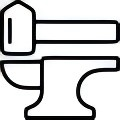


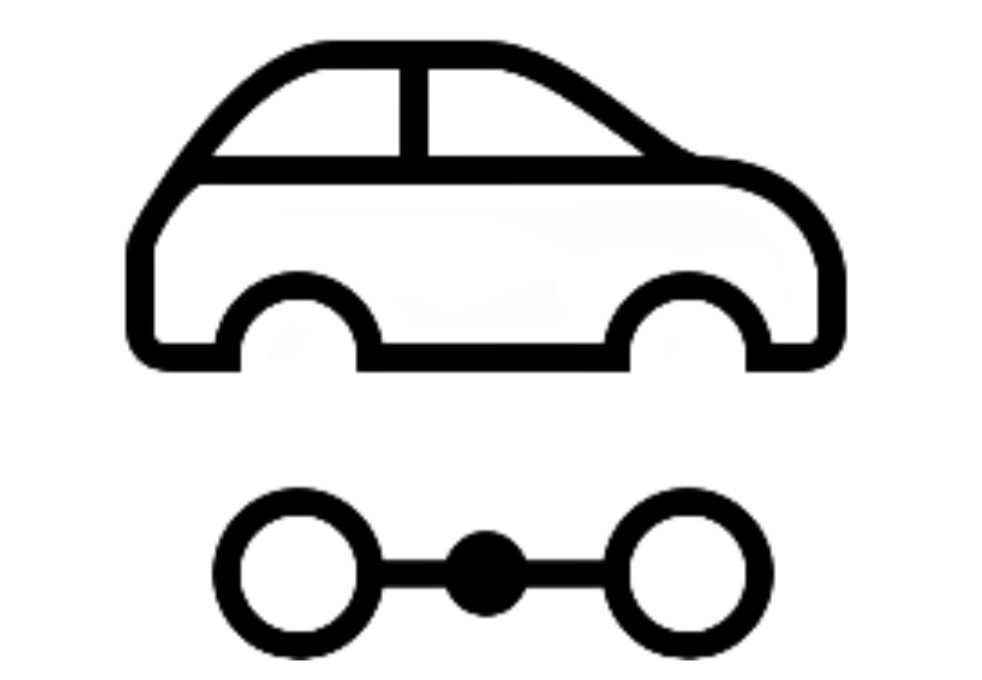
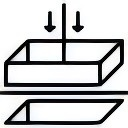


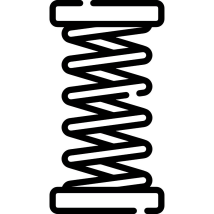

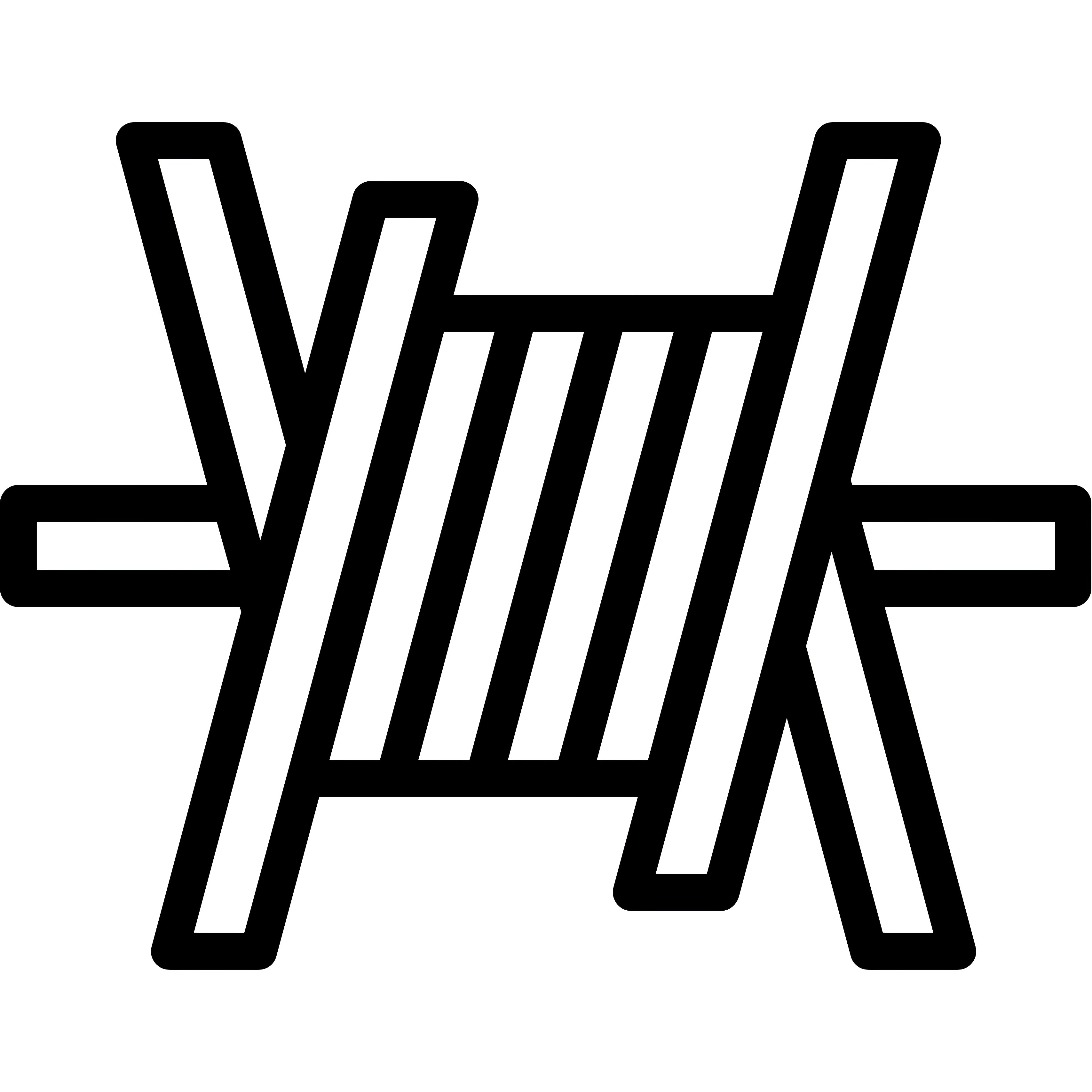
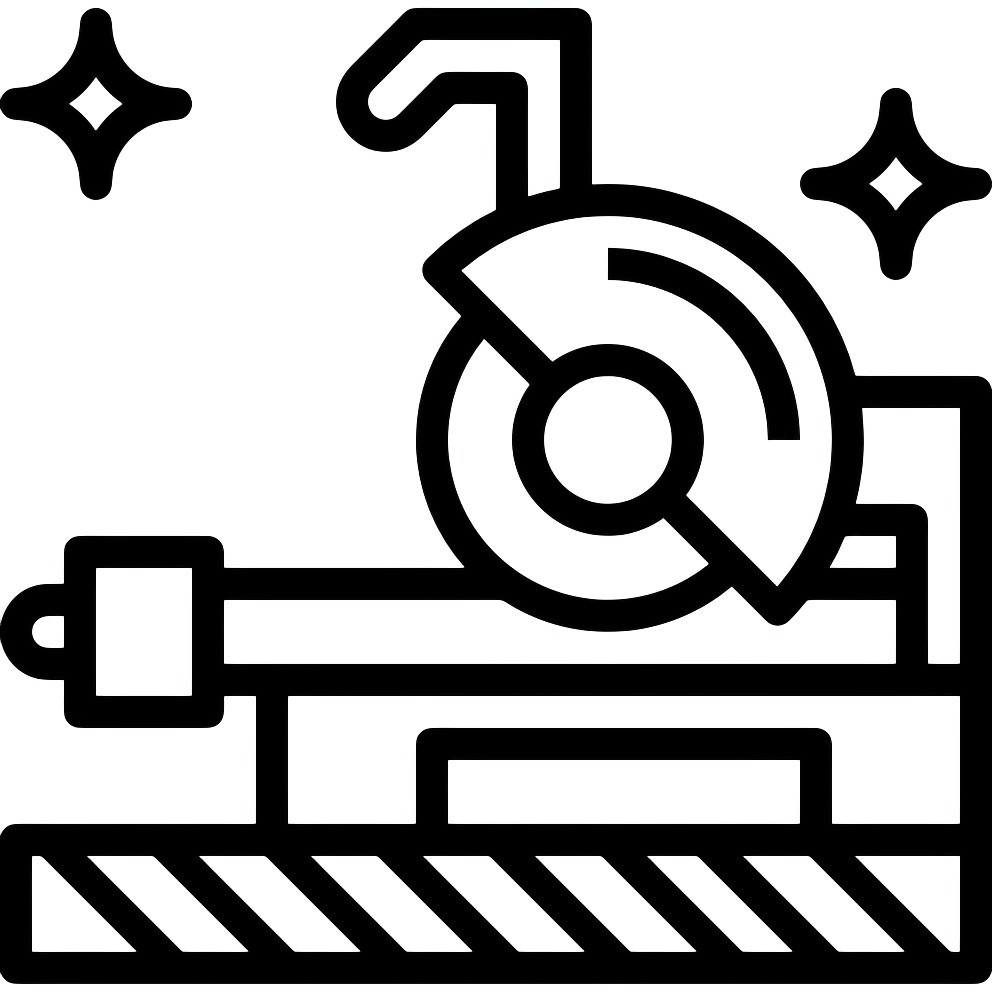
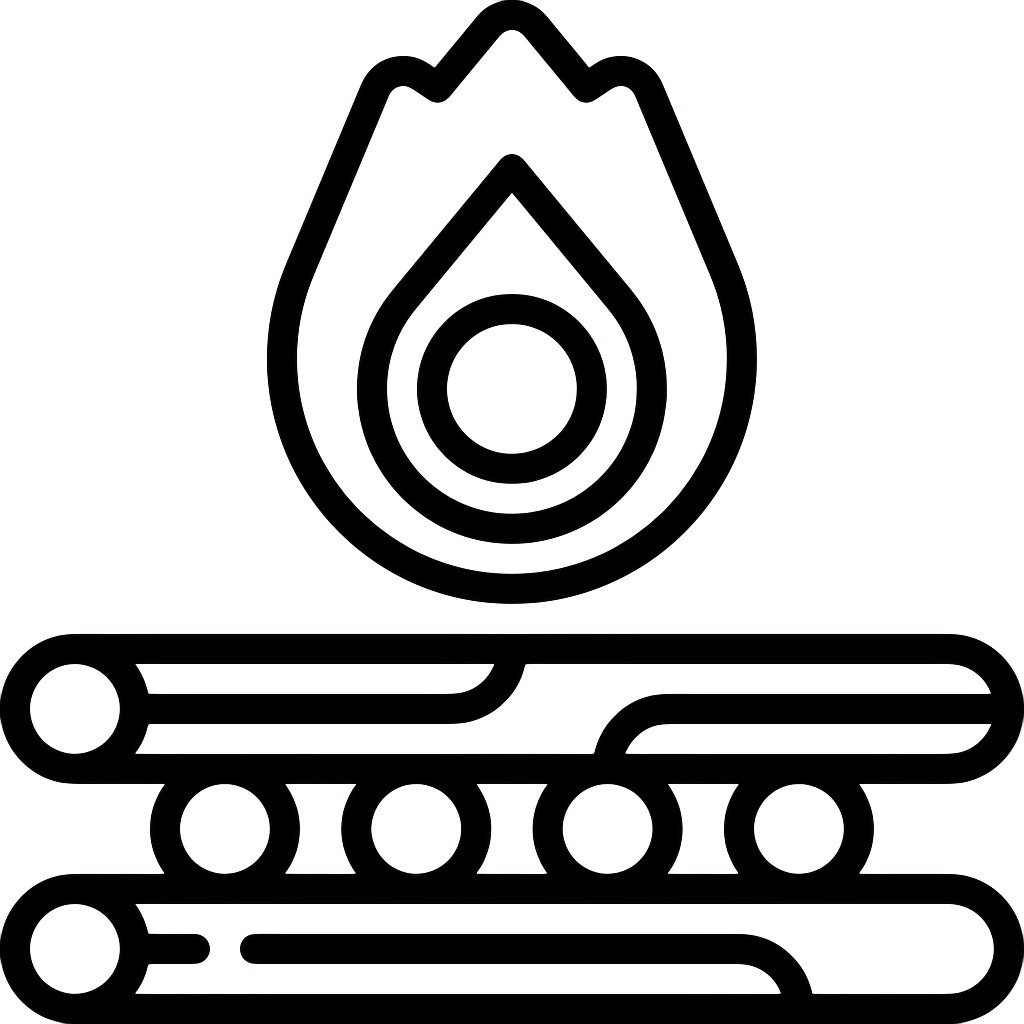

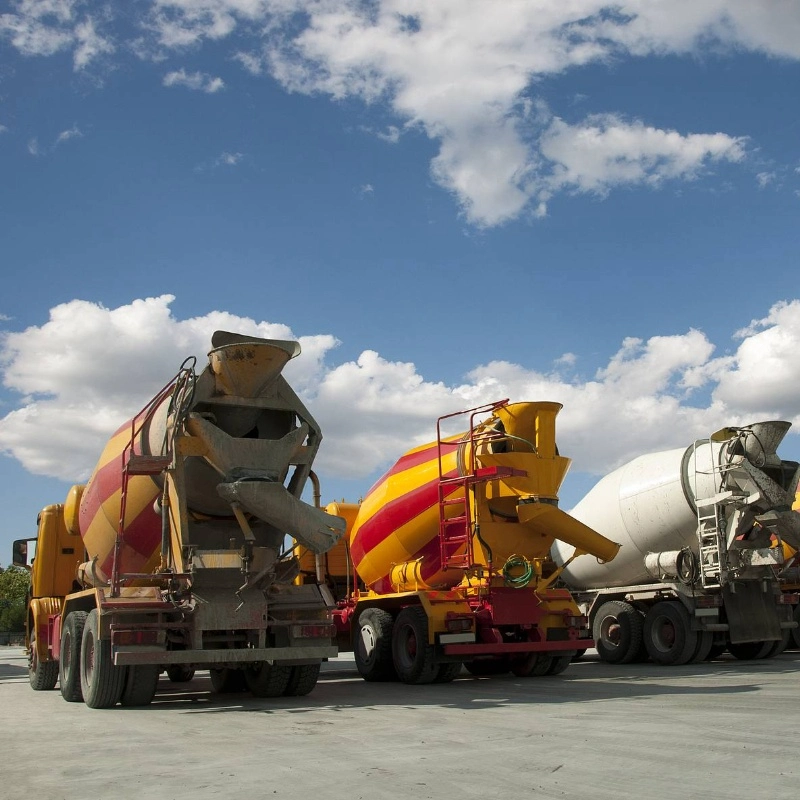
.webp)
